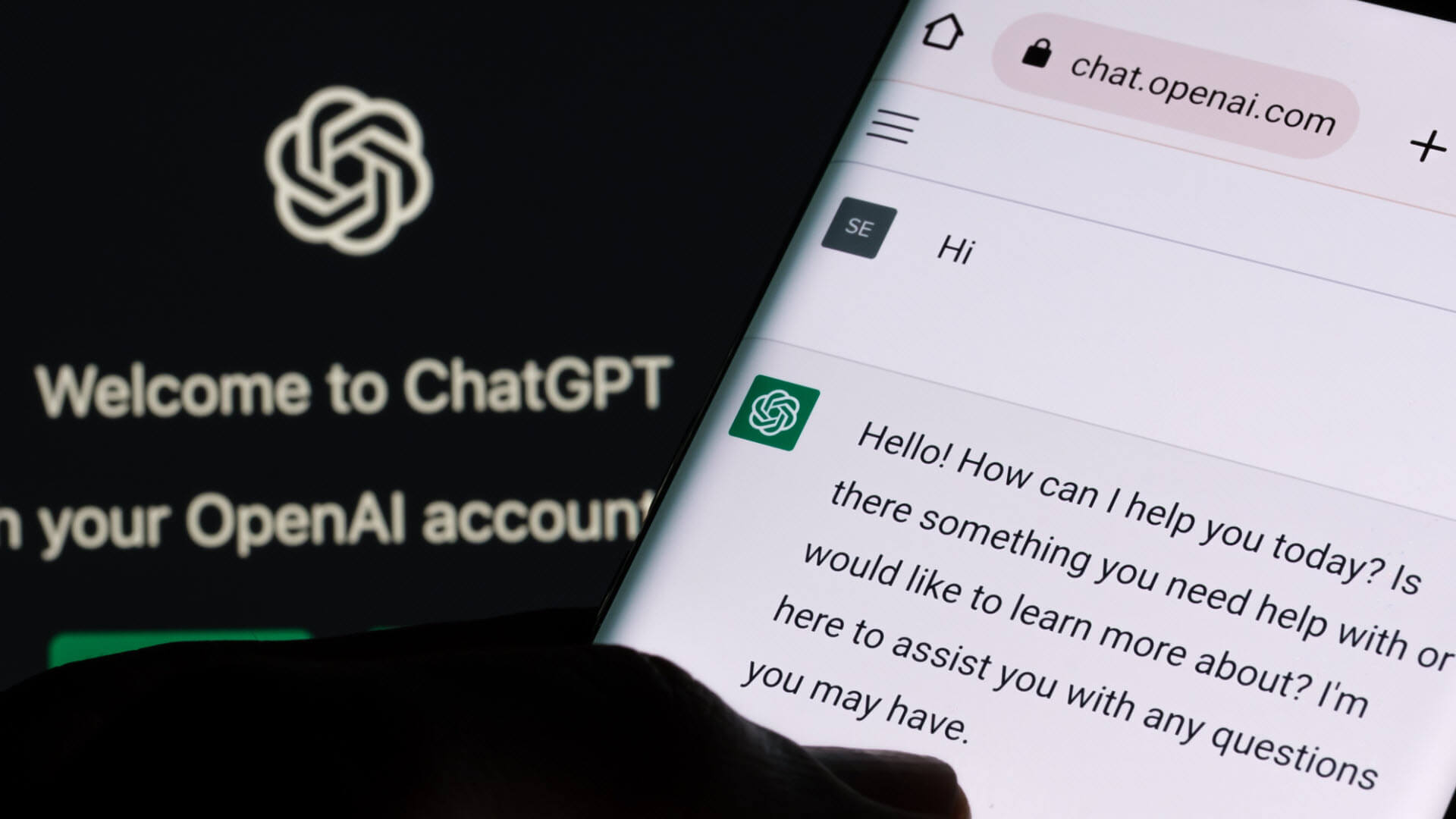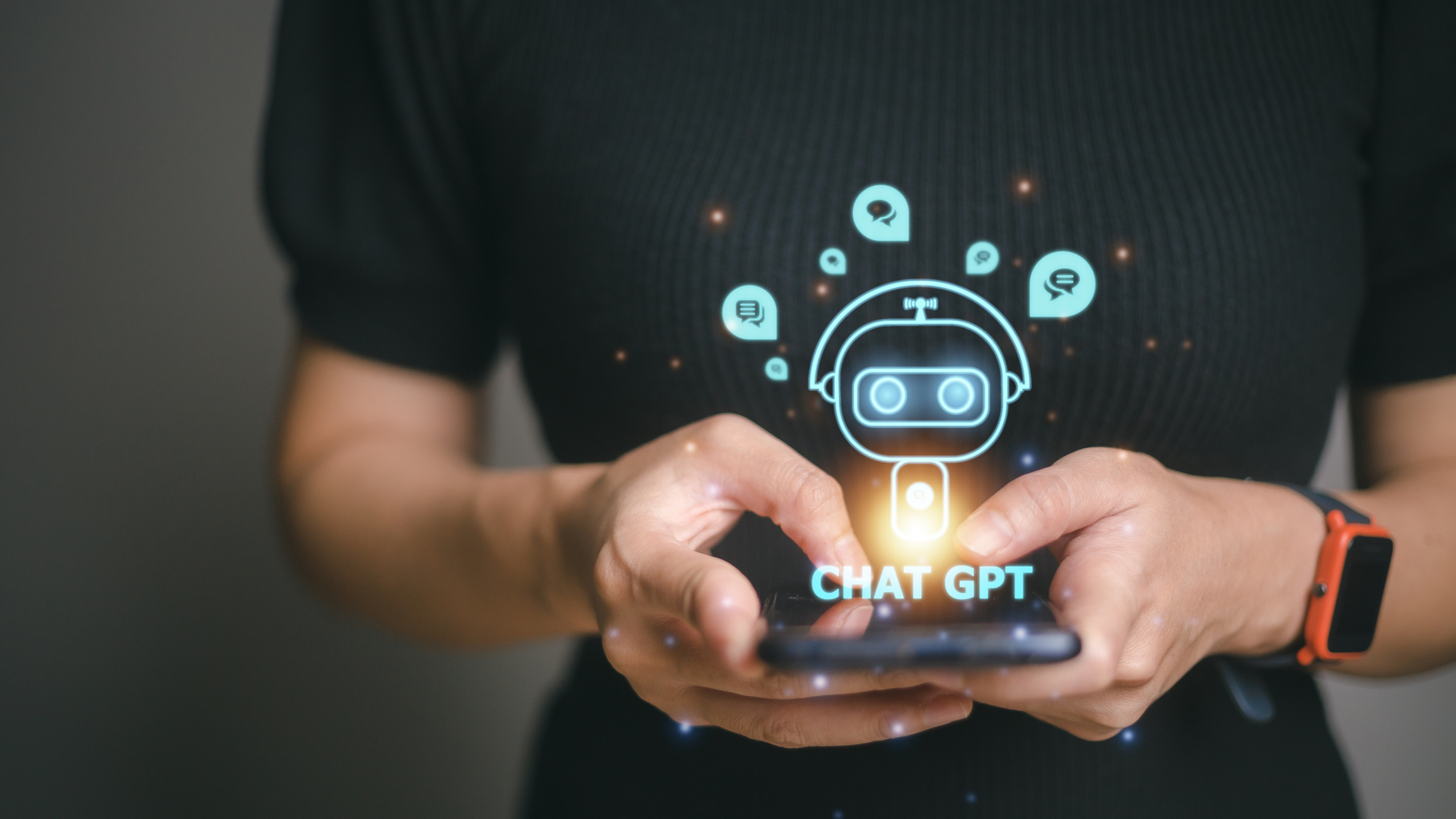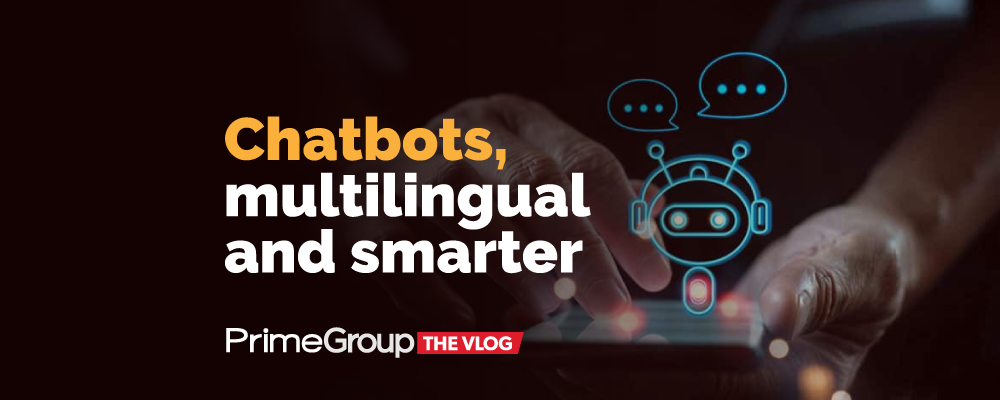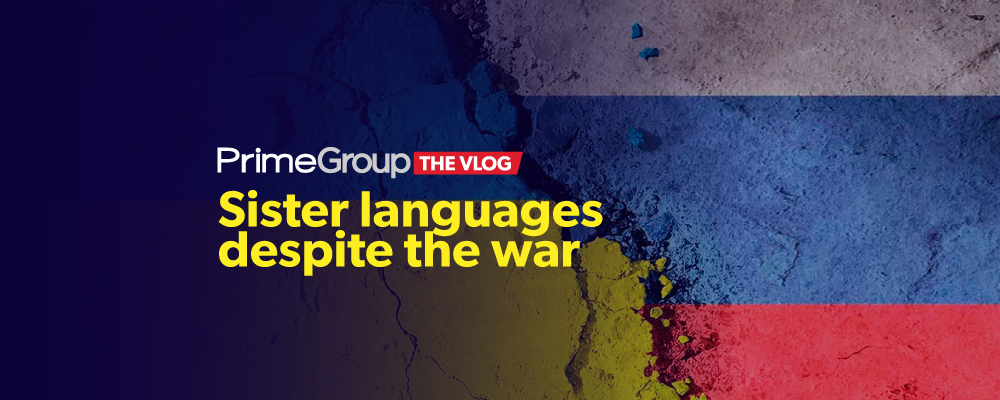It’s time to dive again into the tech world, where Google is turning into a language maniac and creating some AI drama. Last summer they put all their chips on Bard, their brainy chatbot, by teaching it to speak 43 additional languages, from Arabic to Vietnamese. By now they should be available on your nearest Google browser. Yes, Google’s stepping up its game, trying to outwit its rivals in the wild AI frontier.
After a small delay due to some privacy demands from our dear friends over at the European Union, Google finally dropped Bard on most of Europe and Brazil. Privacy features? Check. Multilingual capabilities? Check. Now let’s see how the crowds react!

But why all the hustle? Well, as you may remember by November 2022, OpenAI released a smart chatbot called ChatGPT. So good was this new bot that Microsoft, a big fan, put it right into its Bing search engine, sending shockwaves through Google’s search engine realm. Google, feeling a little FOMO, fear of missing out, responded with Bard and an AI version of its search engine.
But, spoiler alert! Google still has a lot of homework to do. Even after giving Bard a Korean and Japanese language course and releasing it in 180 countries, Google’s site is lagging behind, getting only a fraction of the visits compared to ChatGPT’s, according to the nerds at Similarweb.
A plot twist though: Google has been using since July 23 a secret weapon. By adding major European languages to Bard’s repertoire, it could win the hearts of European policy makers, who are regulating AI. But more than that it’s a question of time that Bard will not be just text on a Chatbot but also voice. With Google’s own Text-To-Speech, TTS, capacities, we would speak to the Chatbot directly in our own language and get immediate answers by a human-like voice. Yes, man and machine will be talking to each other! Imagine the consequences!
Speaking of regulations, tech companies are rooting for some rules to be established, but they’re begging the EU not to go overboard. One draft of the regulation is trying to demand AI makers like Google or Microsoft to minimize biases in their AI models, so really providing objective answers based on existing information, avoiding any political or ideological pitch, which is what is happening. But the most demanding requirement from the European authorities is that the chatbot owners reveal all the copyrighted material they use. So, where they are actually sourcing all the text. The answer would be: everywhere, if it’s written on the Internet is actually source for AI. A single paragraph of AI could be generated using 1000 different paragraphs published on websites and social media. This requirement tells me that all these European politicians don’t have a clue how the AI works.

But ChatGPT is hard to beat, because other Chatbots use this engine to make it write in more languages than the 12 or so supported. One of them is Chatgenie, a strong and flexible chatbot capable of generate answers in 75 languages. It uses cutting-edge technology, driven by ChatGPT, to offer improved human dialogues with natural language processing, machine learning, and deep learning capabilities. The platform also has features including context recognition, and natural language understanding.
While ChatGPT’s knowledge base is constrained until 2021, ChatGenie is current with all the most recent information. With ChatGenie, an advanced Chatbot, you can enter your questions and have a variety of material generated for you in a matter of seconds.
Now, another challenge that Google faced was teaching Bard not to be a jerk in all these languages. Apparently, it’s not as simple as teaching it to ask for a coffee in Italian without offending the barista. Google used teams of humans to try and trick Bard into saying offensive things, and then used reinforcement learning to make sure Bard never did that again. Good luck with that, Google!
So, hold on to your seats as Google released Bard into the wild zone of multiple languages. Will it conquer the world? Or will it just be a handy but clumsy feature? So speaking 43 languages but master of none. Only time will tell, folks! Stay tuned!
If you enjoyed our little exploration into the world of chatbots and AI, don’t forget to hit that ‘Like’ button and subscribe to our PrimeGroup channel for more exciting content. Your support means the world to us!



